One Point Perspective Drawing Examples
In this post I will discuss one point perspective and how you can use it to create more realistic artworks.
Perspective in art can be broken into two areas - atmospheric perspective and linear perspective. One point perspective is a type of linear perspective.
One point perspective is a system to assist in realistically rendering a three-dimensional scene on a two-dimensional surface by using lines which radiate from one point (known as a vanishing point ) on the horizon line . One point perspective differs from two point and three point perspectives in that there is only one vanishing point.
When an object recedes into the distance, it appears smaller. One point perspective is nothing more than a simple way of determining the relative size of that object as it recedes into the distance.
Linear perspective takes a very mathematical approach to creating realism in your artworks and is one of the first things you will learn in art. Atmospheric perspective is not as structured and demonstrates changes in value, color and detail as an object recedes into the distance (to mimic the effect the atmosphere has on how we see things).
One point perspective is the most basic form of linear perspective, so it is a great place to start. The concept of linear perspective becomes more difficult to understand as more vanishing points are added.
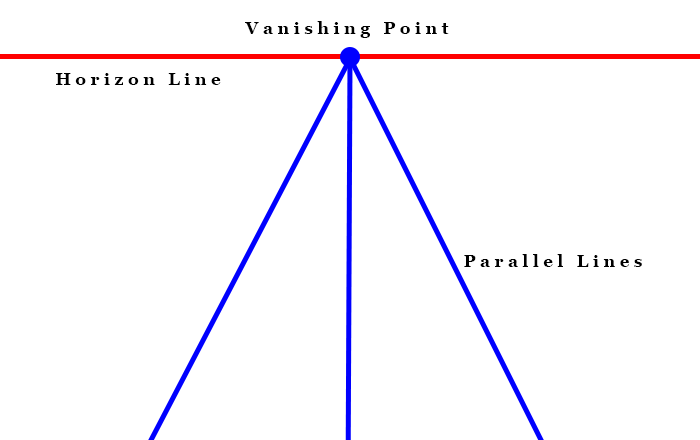
History Of One Point Perspective
When To Use One Point Perspective
It was surprisingly difficult to find examples of paintings which demonstrate one point perspective. Two point perspective seems to be much more appropriate in most cases.
One point perspective is useful when the front plane of an object is directly in front of you and runs parallel to the horizon line.
Some examples of when you could use one point perspective are when you look:
- Down a road or path
- Down the hallway in your house
- Directly at the front of a building
For example, take this painting by Vincent van Gogh. It appears to have been designed based on one point perspective, as we are looking straight down the room towards the horizon line.
One point perspective was used in this case not only to paint his room, but also to determine the relative size and shape of all the objects inside.
The blue circle in the center marks the vanishing point , the red line marks the horizon line and the blue lines mark the parallel lines which radiate from the vanishing point.

Vincent van Gogh, Vincent's Bedroom In Arles, 1889

One point perspective is appropriate as we are looking almost directly at the back wall and we can see the true shape of the front plane. But what if we were not looking at the back wall, but instead the corners? Well, in that case, two point perspective would be needed.
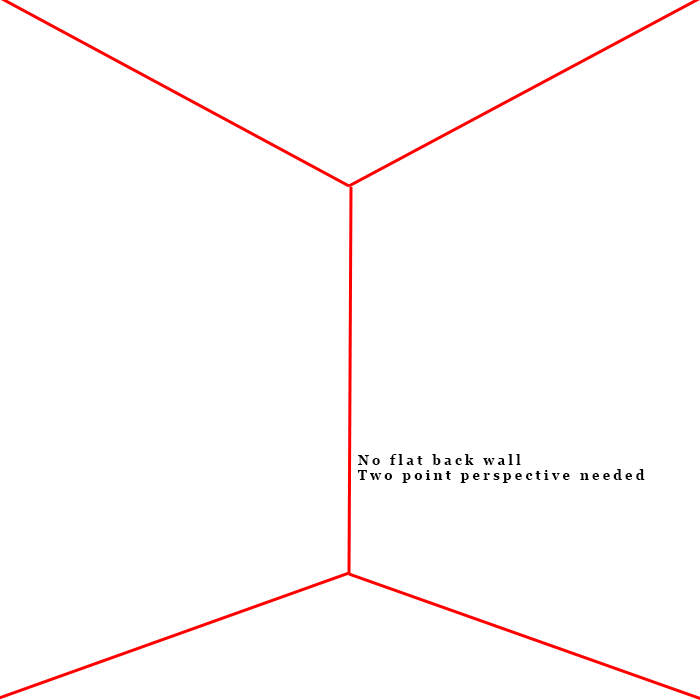
You should note that there is essentially no difference between one and two point perspective other than the number of vanishing points used.
When to use one point perspective will usually be obvious. If you are not sure, then two or three point perspective is probably needed.
Also, I want to note that one point perspective is a nothing more than a tool to help you more clearly render three-dimensional objects onto a two-dimensional surface.
Will people notice if a small object does not align with one point perspective? No.
Do you need to use one, two or three point perspective in all your paintings? No. Sometimes it may be just a simple landscape, so you can rely more so on atmospheric perspective to create the illusion of depth in your painting.
So do not go crazy trying to make everything completely accurate in terms of perspective. Nature is not perfect, so don't try make it so.
Here is an interesting image (source) which demonstrates how one and two point perspectives could be used when viewing the same building:

How To Use One Point Perspective
I will use this simple demonstration to show you how to use one point perspective. Let's start with a simple square.

Now, add the horizon line and vanishing point and draw the parallel lines from the vanishing point to the edges of the square.

Now let's add some more squares, all which are facing the same direction.

Finally, you can use the parallel lines to finish the squares. Notice how they appear to be at varying distances, but they are all facing the same direction. If these squares werenotfacing the same direction, then two point perspective would be needed to accurately render linear perspective.

(If you want to learn more about the principles of art, you might be interested in my Painting Academy course.)
Examples Of One Point Perspective In Action
Here are some more examples of one point perspective. I provide an image of the photo, then the same photo with the vanishing point, horizon line and parallel lines drawn in.
If you want to learn more about one point perspective, I suggest you go to WikiArt and try to find paintings which appear to use one point perspective. It is not as easy as you may think. Rarely will you be painting with the front face of an object directly in front of you.

Raphael, School of Athens, 1511
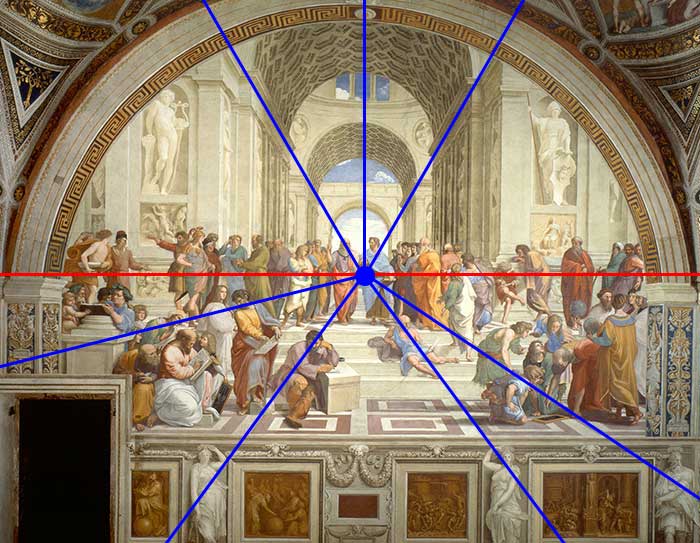
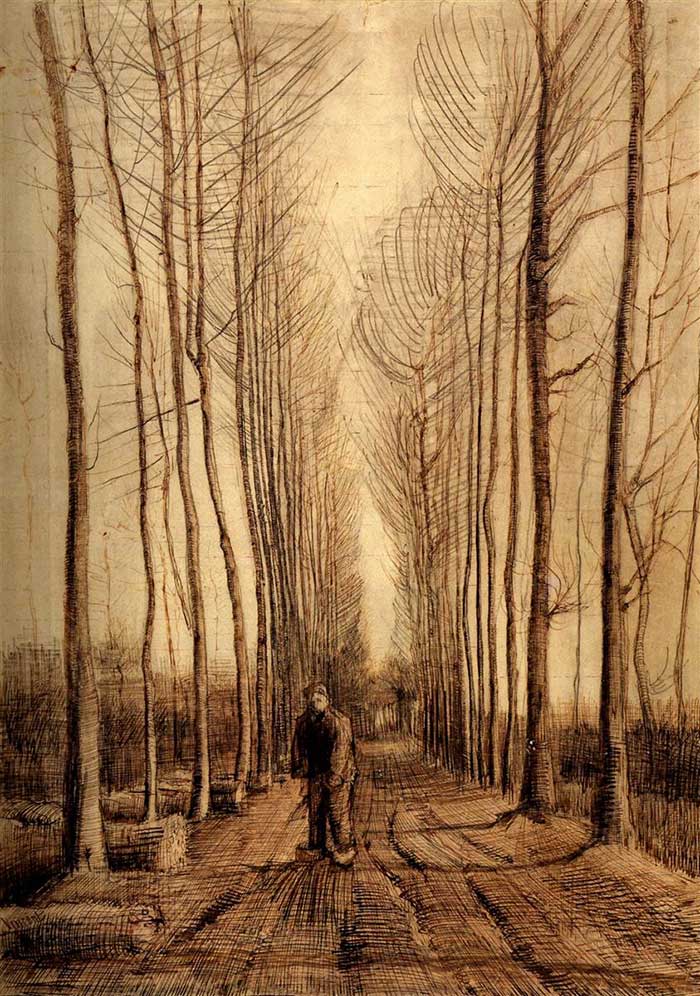
Vincent van Gogh, Avenue Of Poplars, 1884
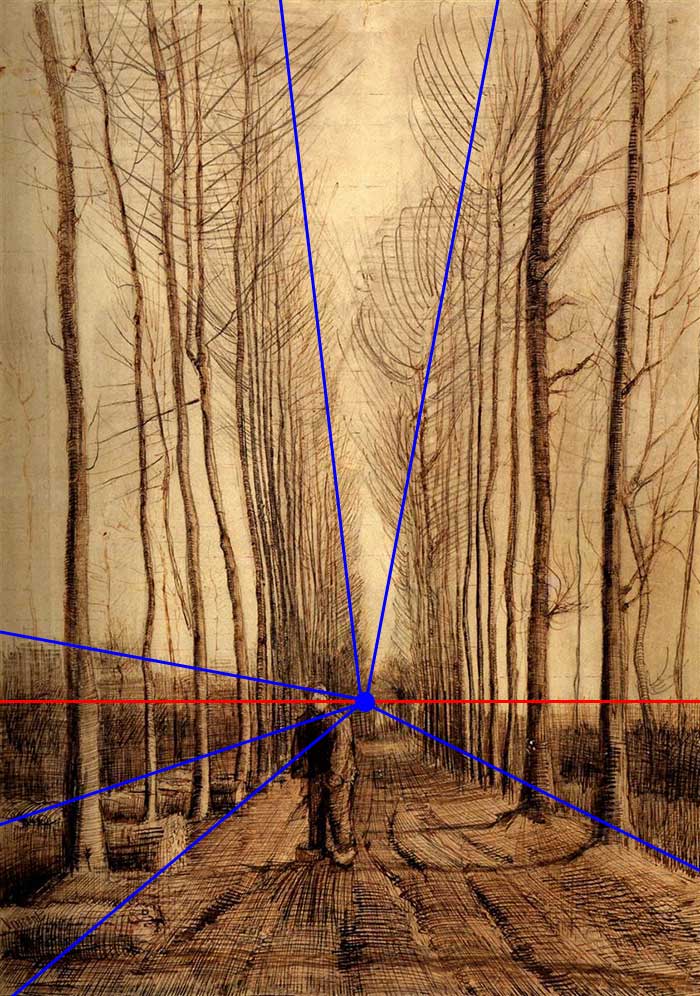
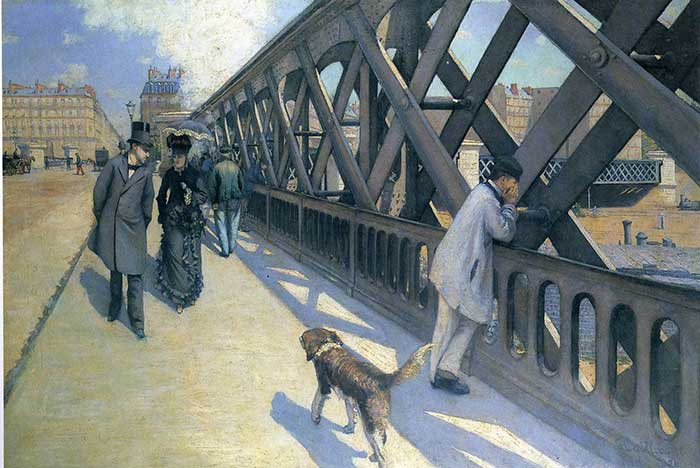
Gustave Caillebotte, Le Pont L'Europe, 1881-1882
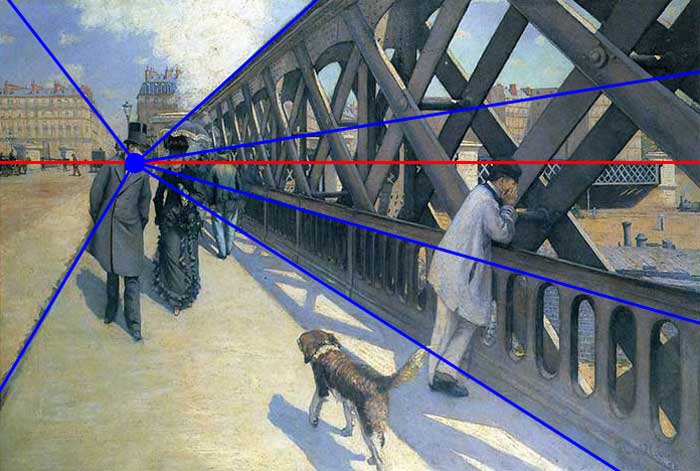
One Point Perspective Drawing Examples
Source: https://drawpaintacademy.com/the-ultimate-guide-to-one-point-perspective/
Posted by: cordersolloond.blogspot.com

0 Response to "One Point Perspective Drawing Examples"
Post a Comment